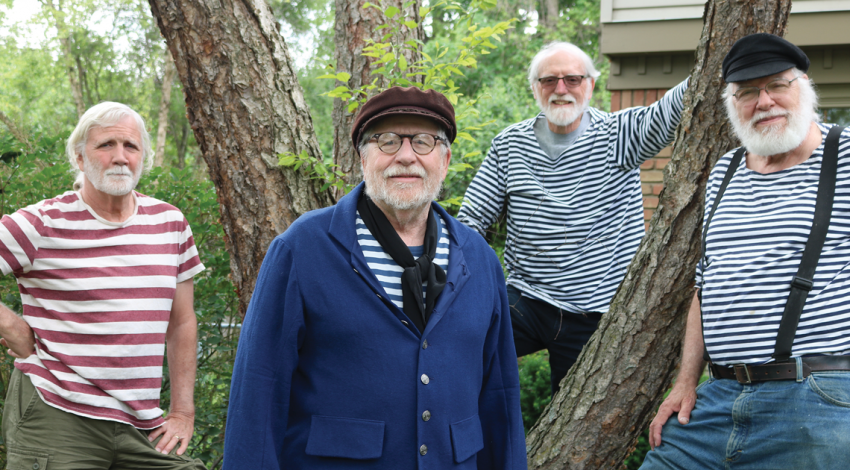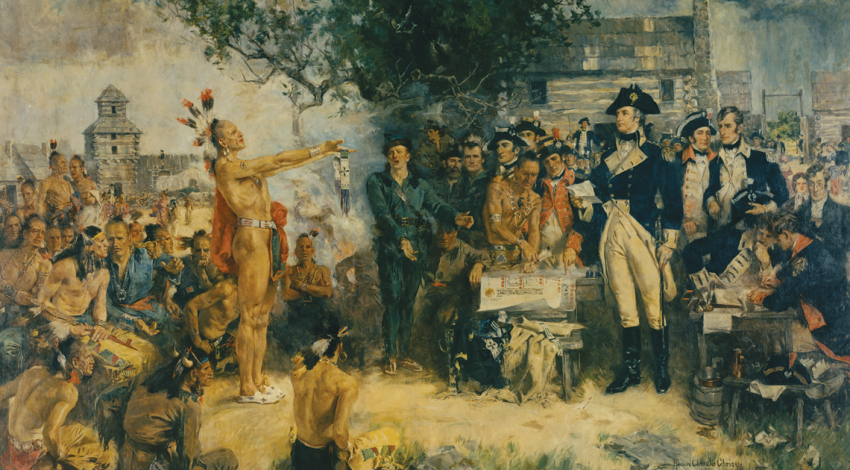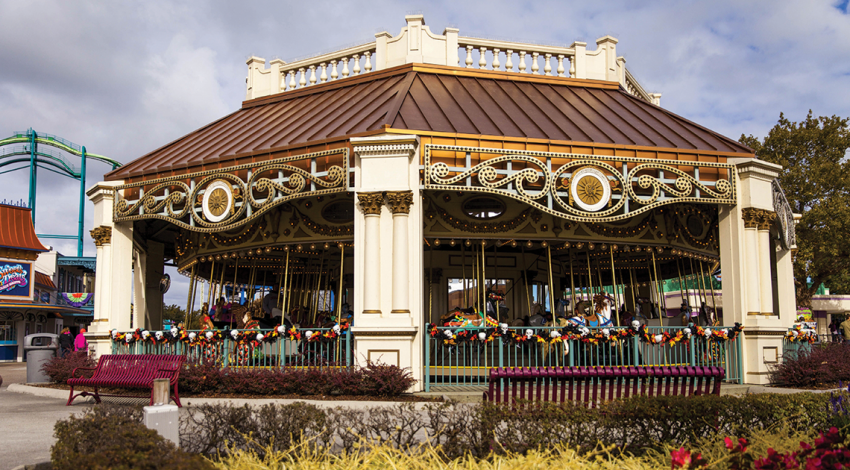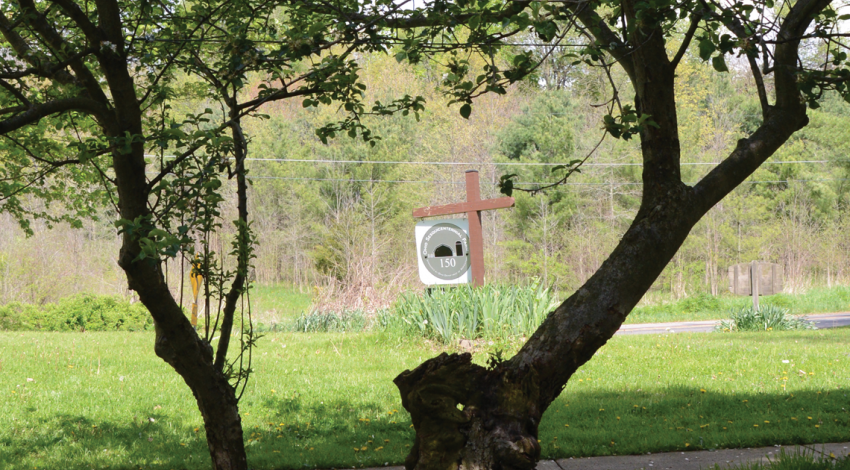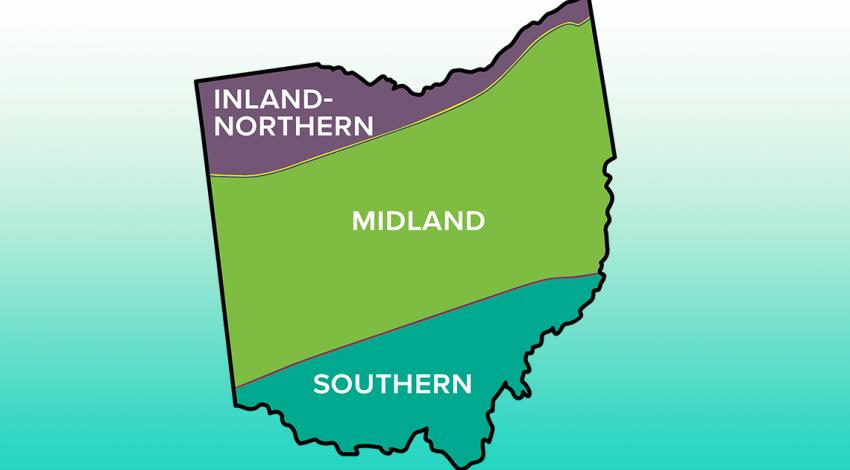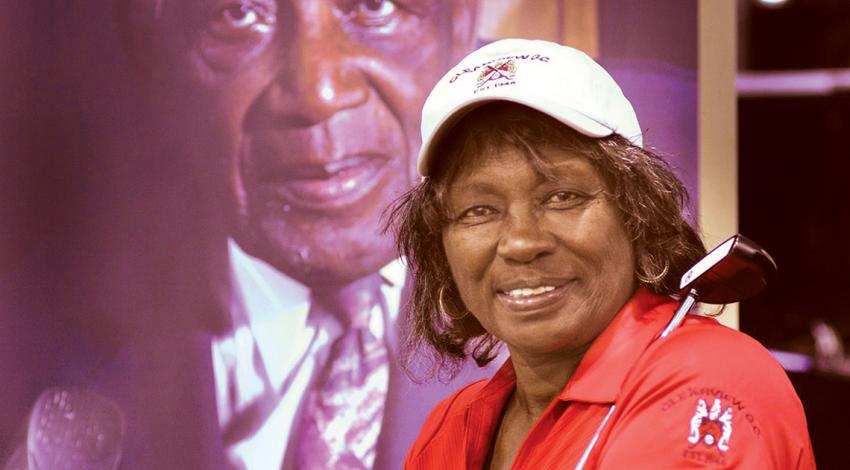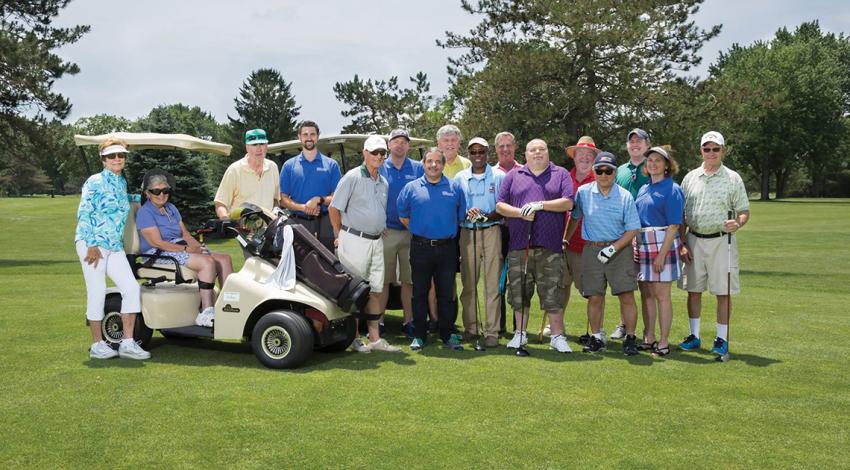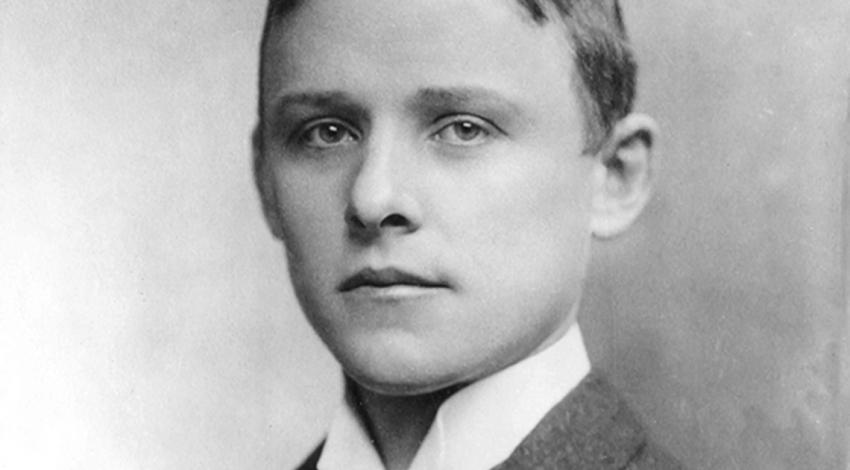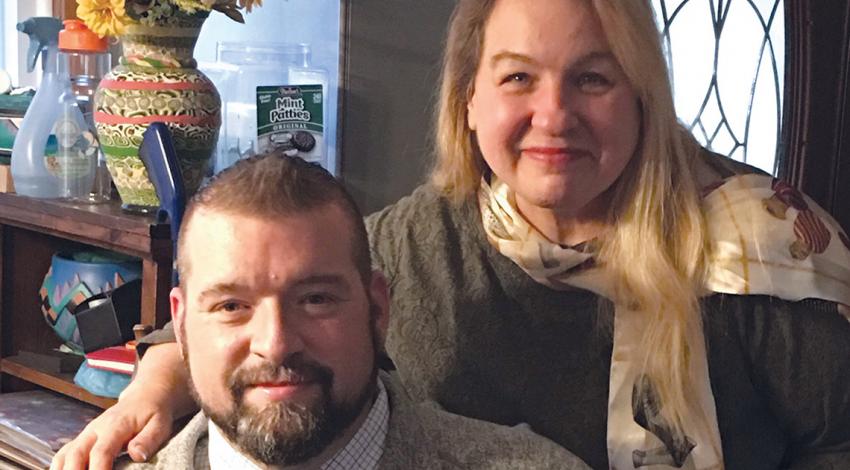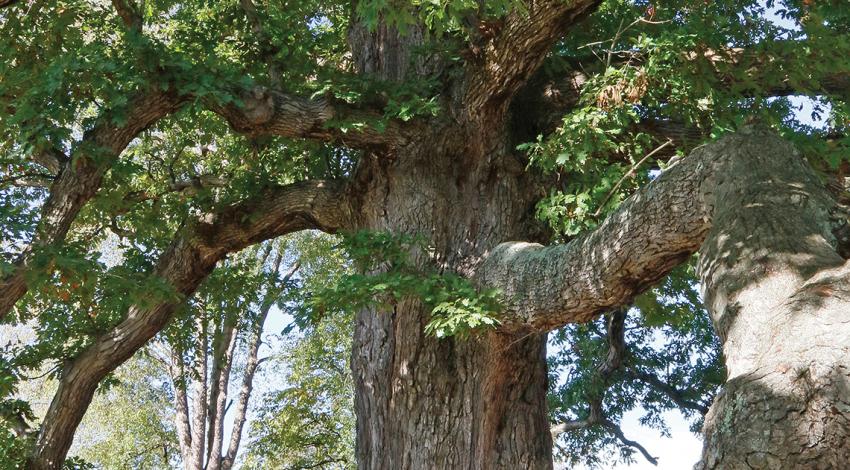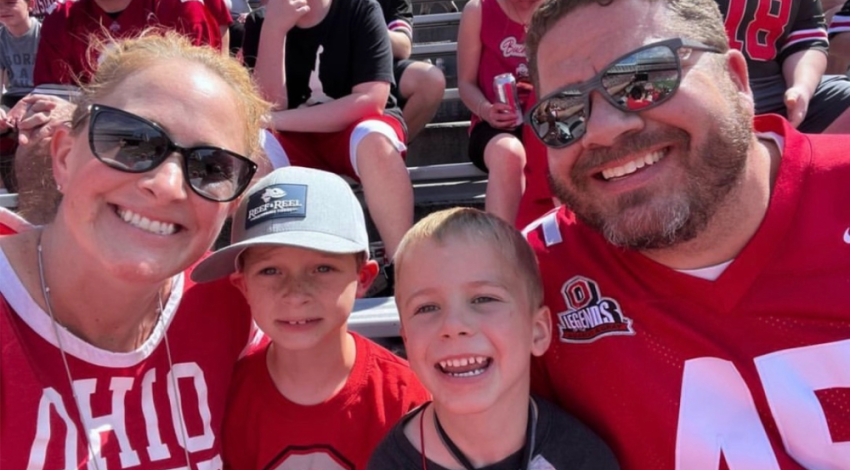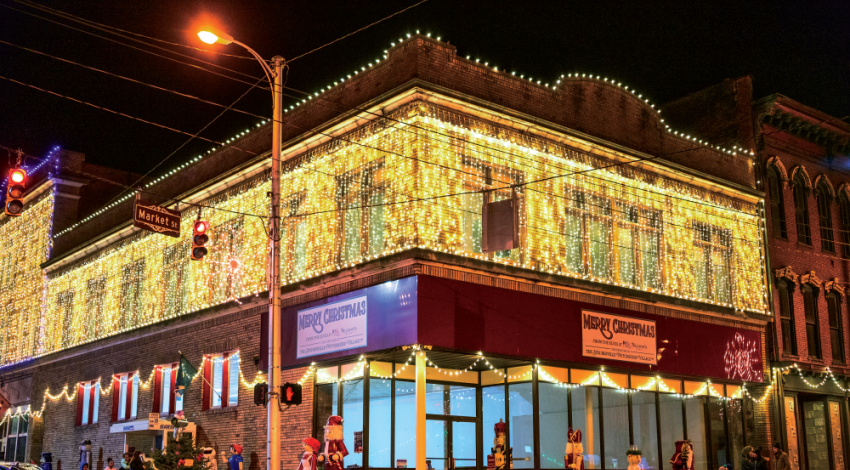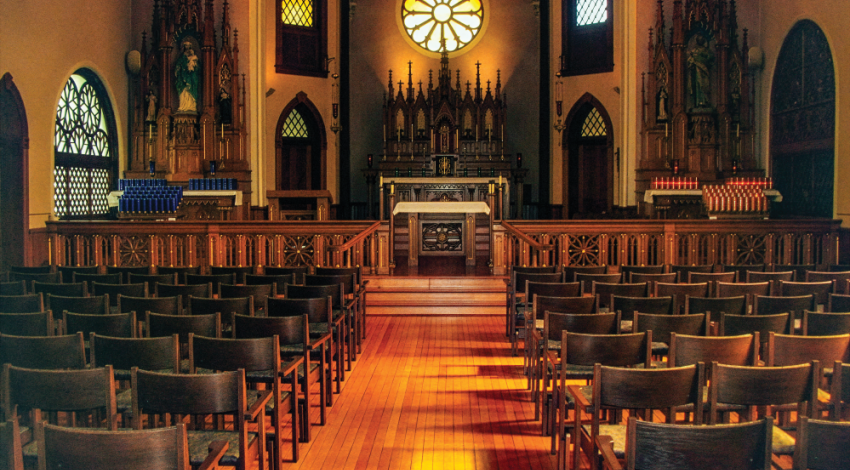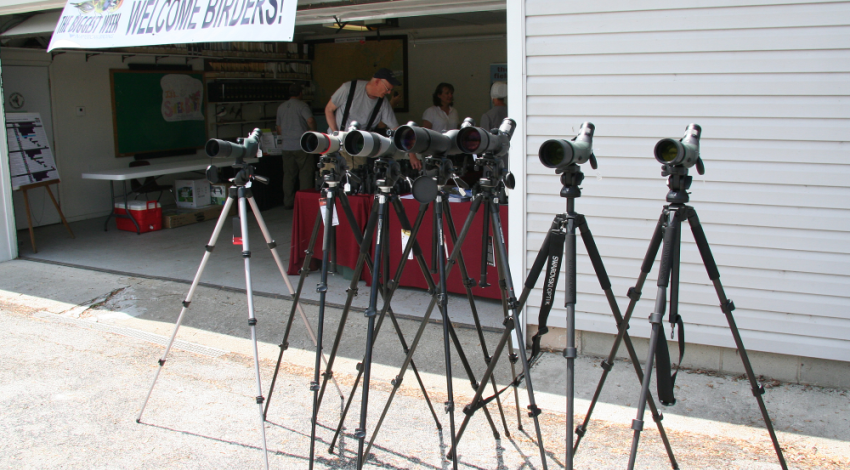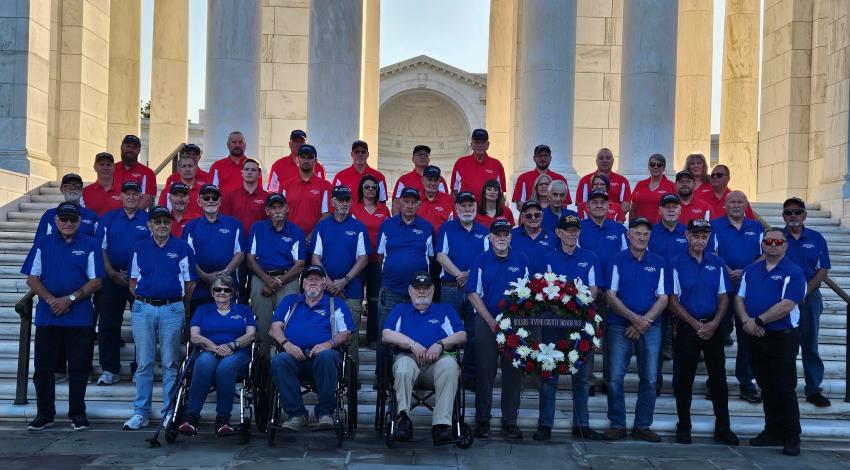Ohio is the only state in the union with a burgee flag — a shape usually associated with a boating organization.
Shanties date to the mid-1400s era of tall ships, when sailors’ work was grueling and labor-intensive. The rhythms of the call-and-response style of shanty songs helped the crew push and pull, hoisting sails and hauling lines in a synchronized effort. Often adapted from familiar folk tunes and ballads of the day, shanty lyrics were flavored with nautical terms and names of places the sailors had been — or hoped to see. ]
